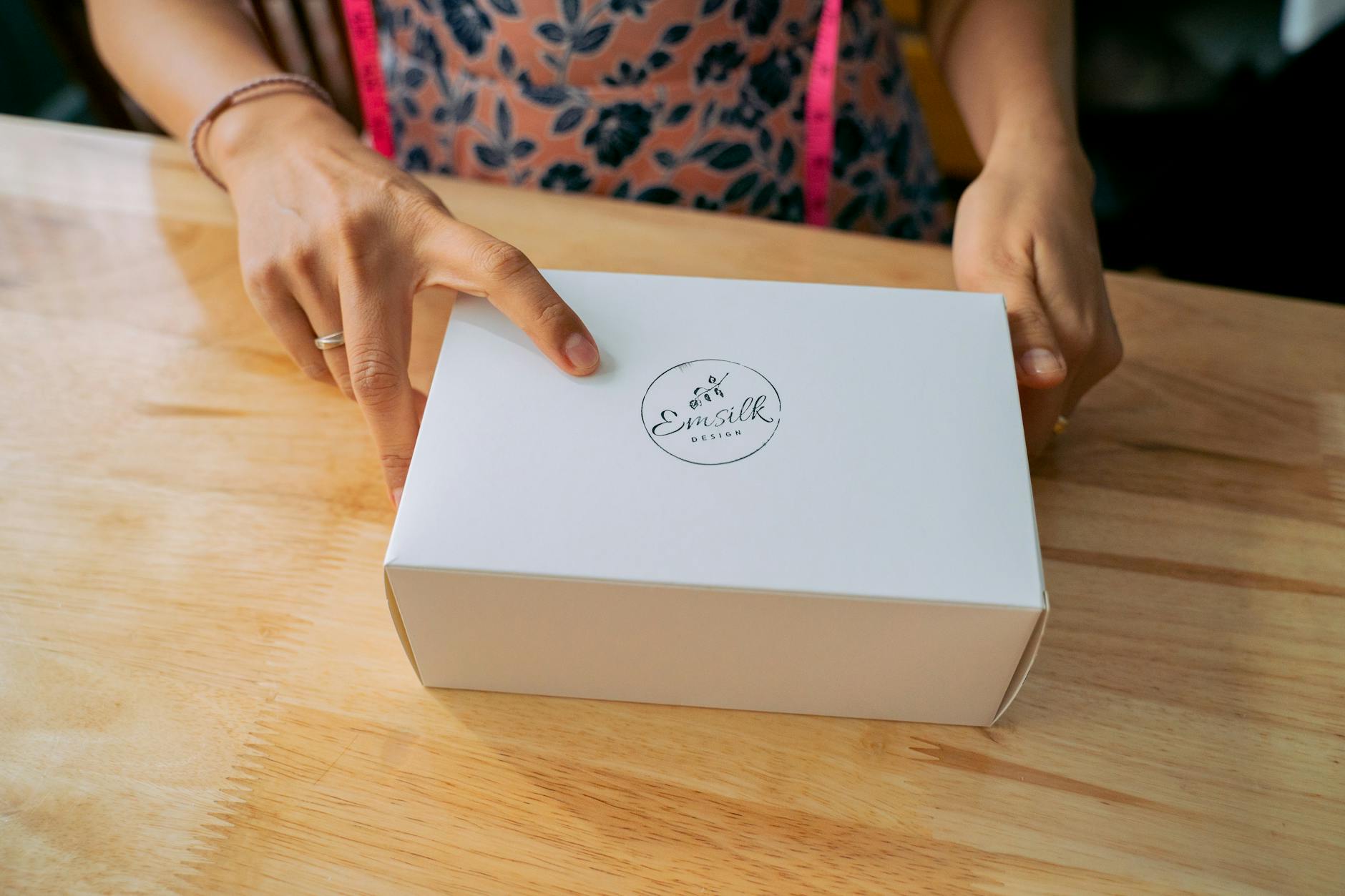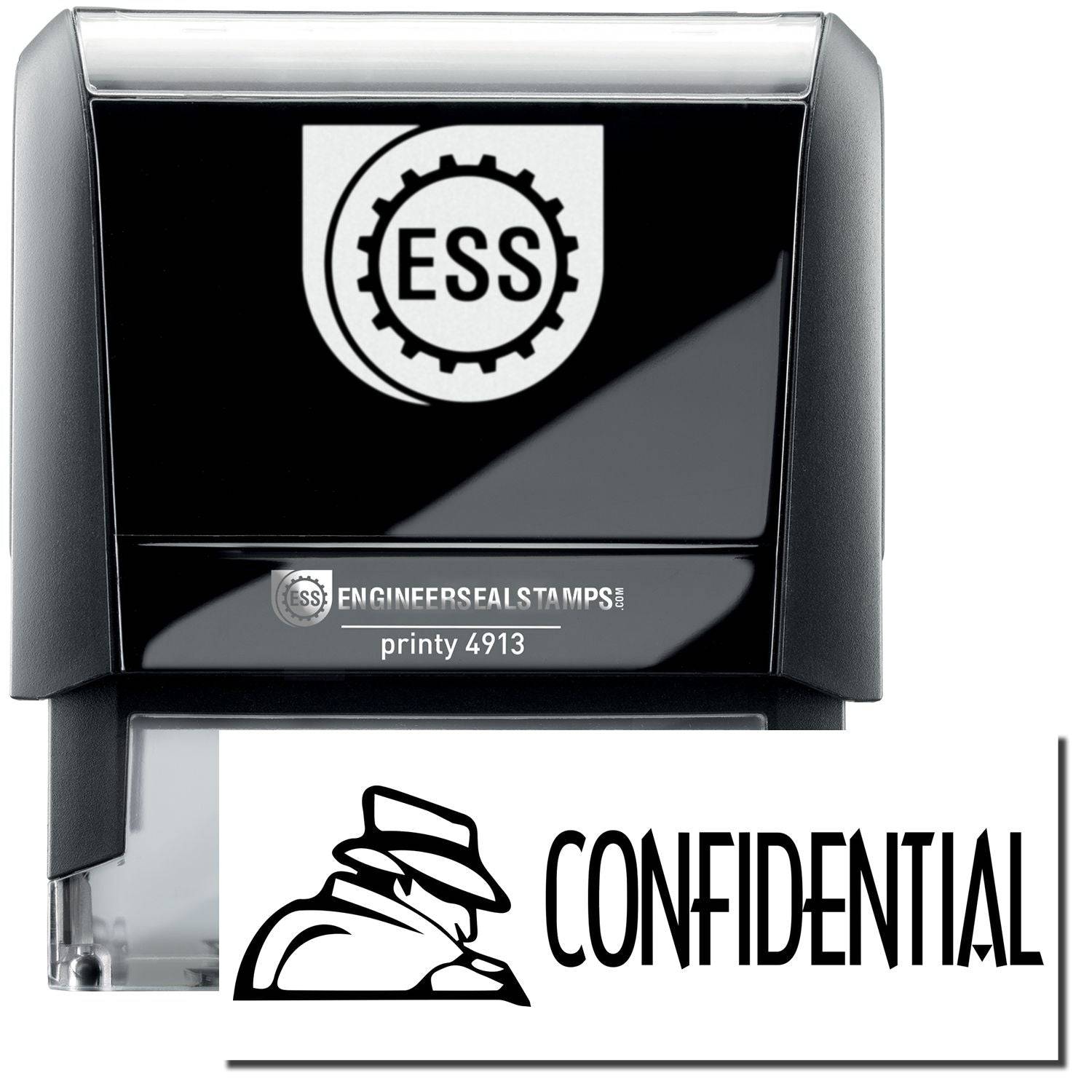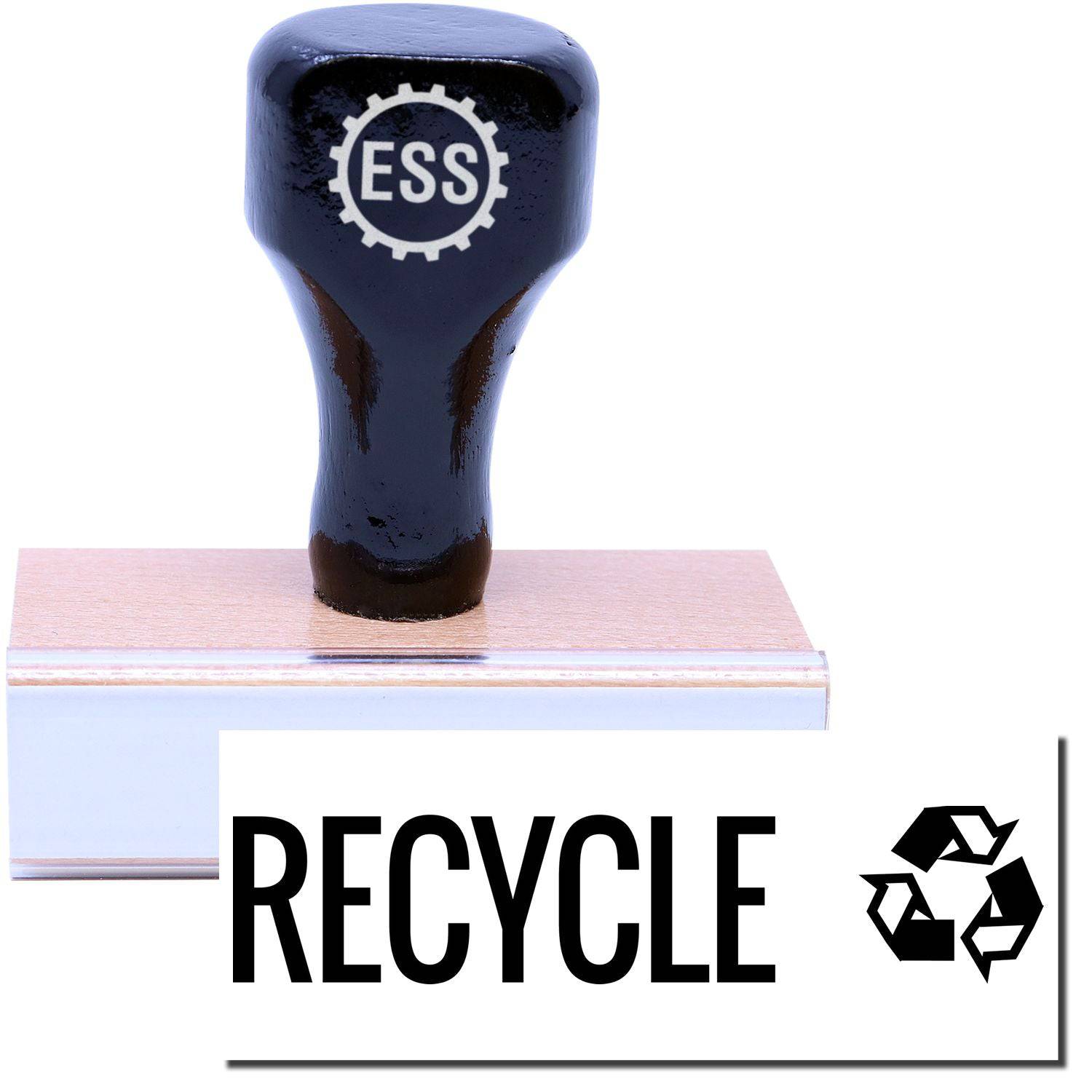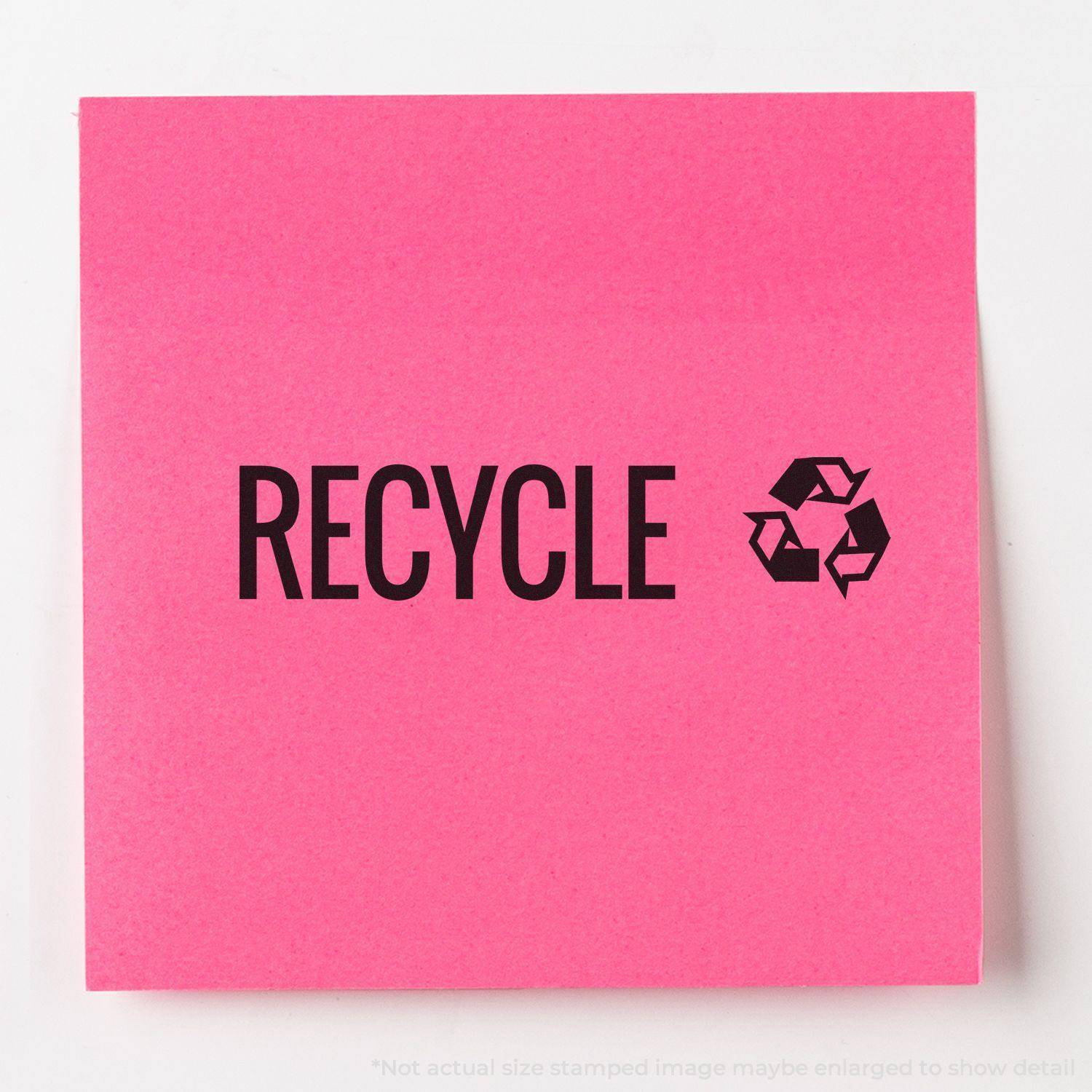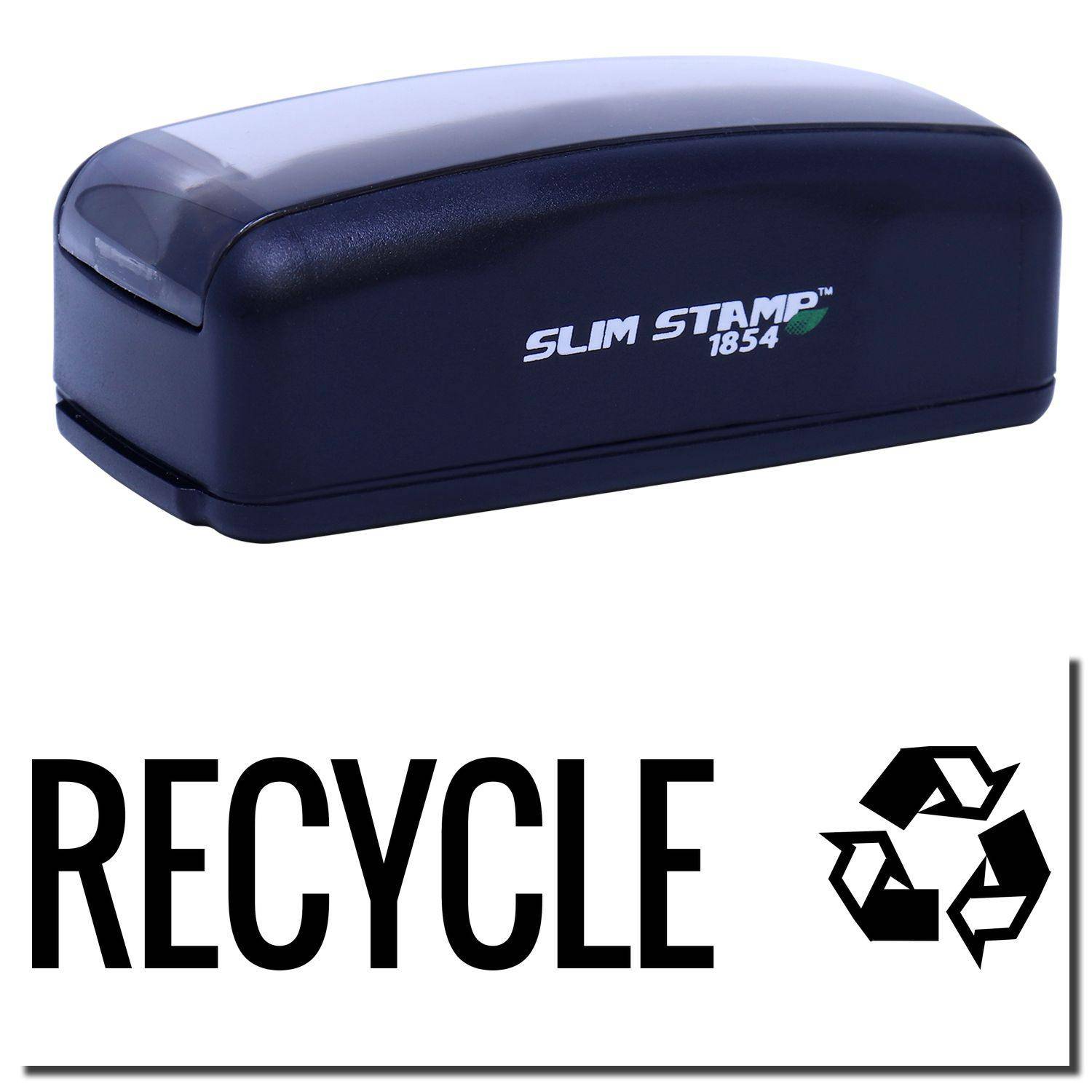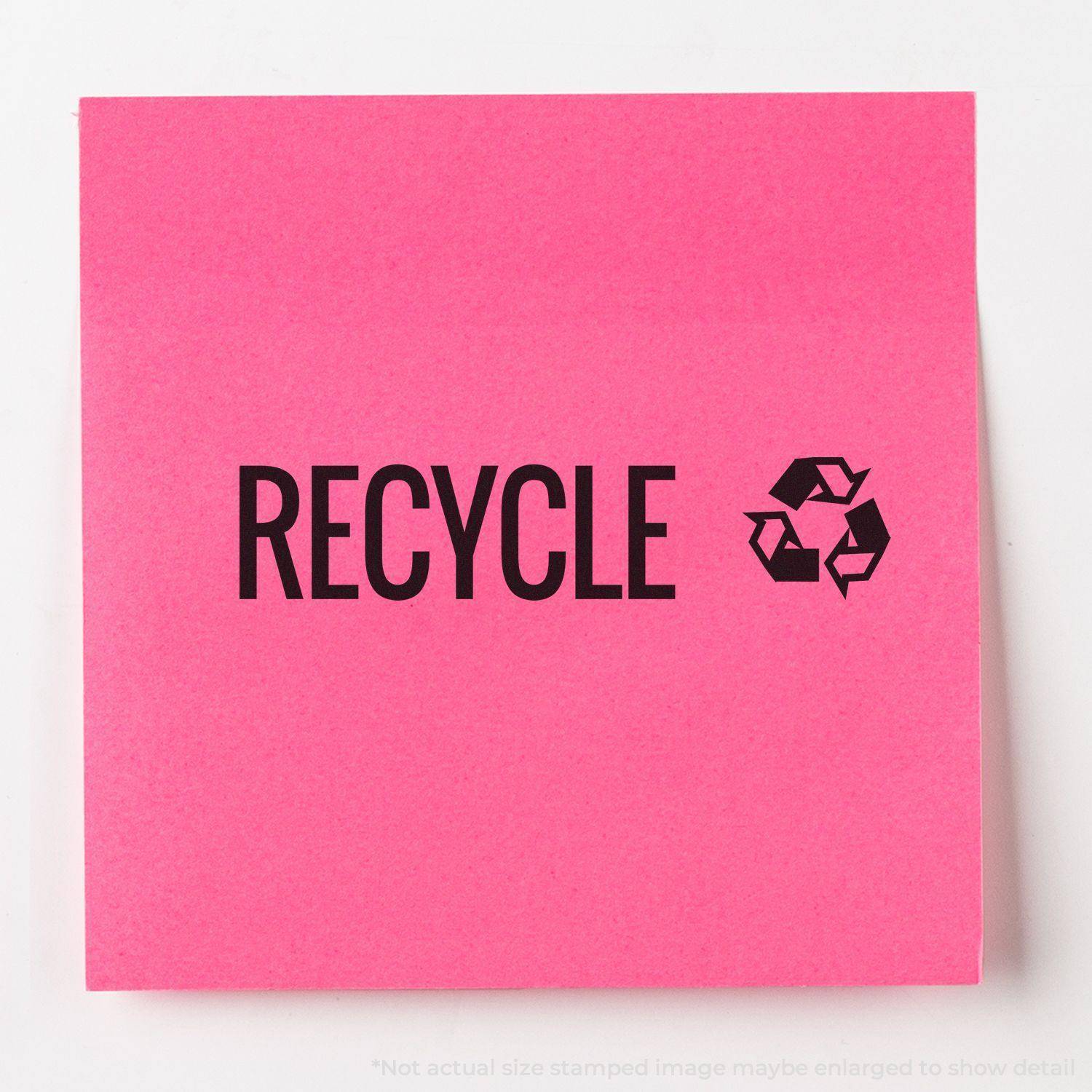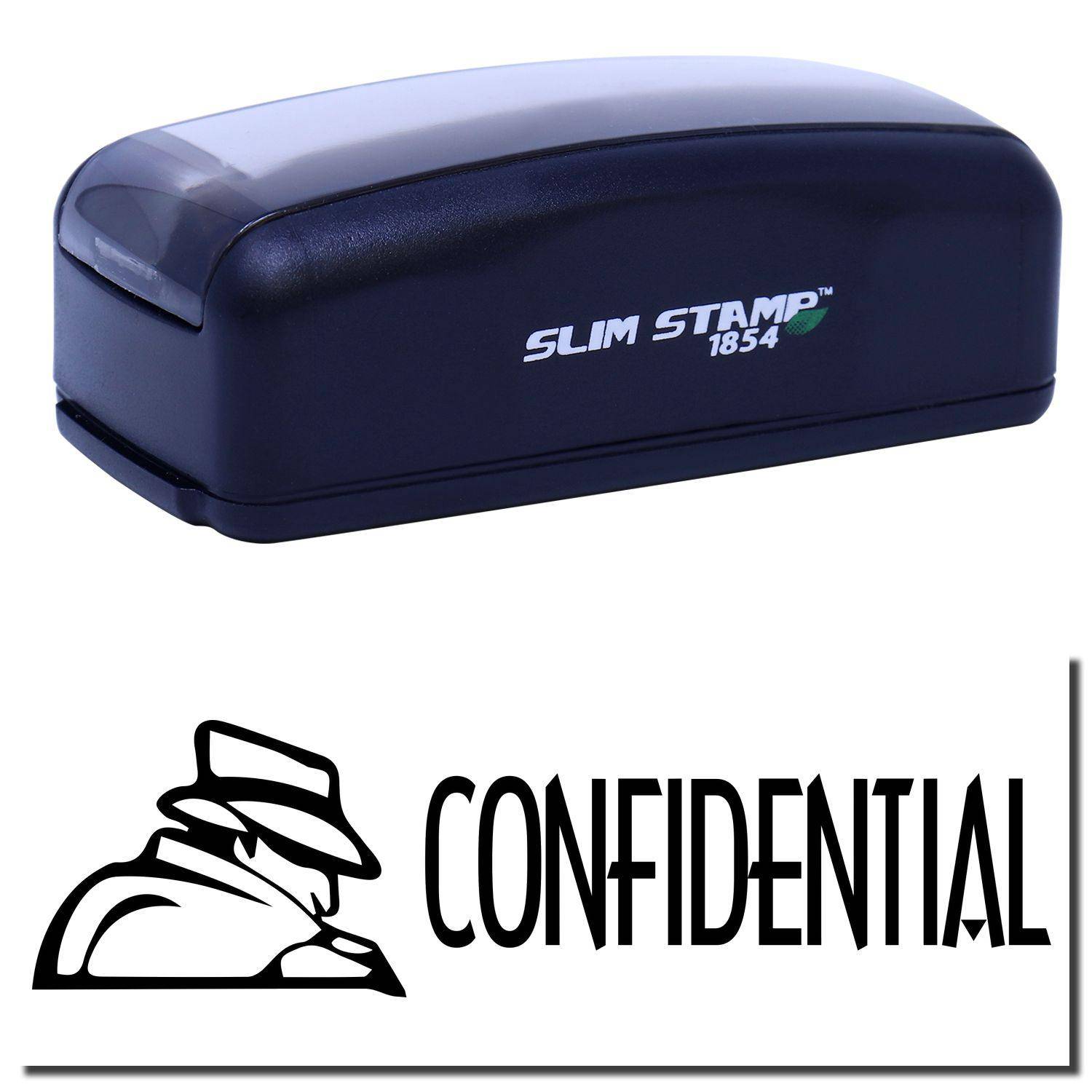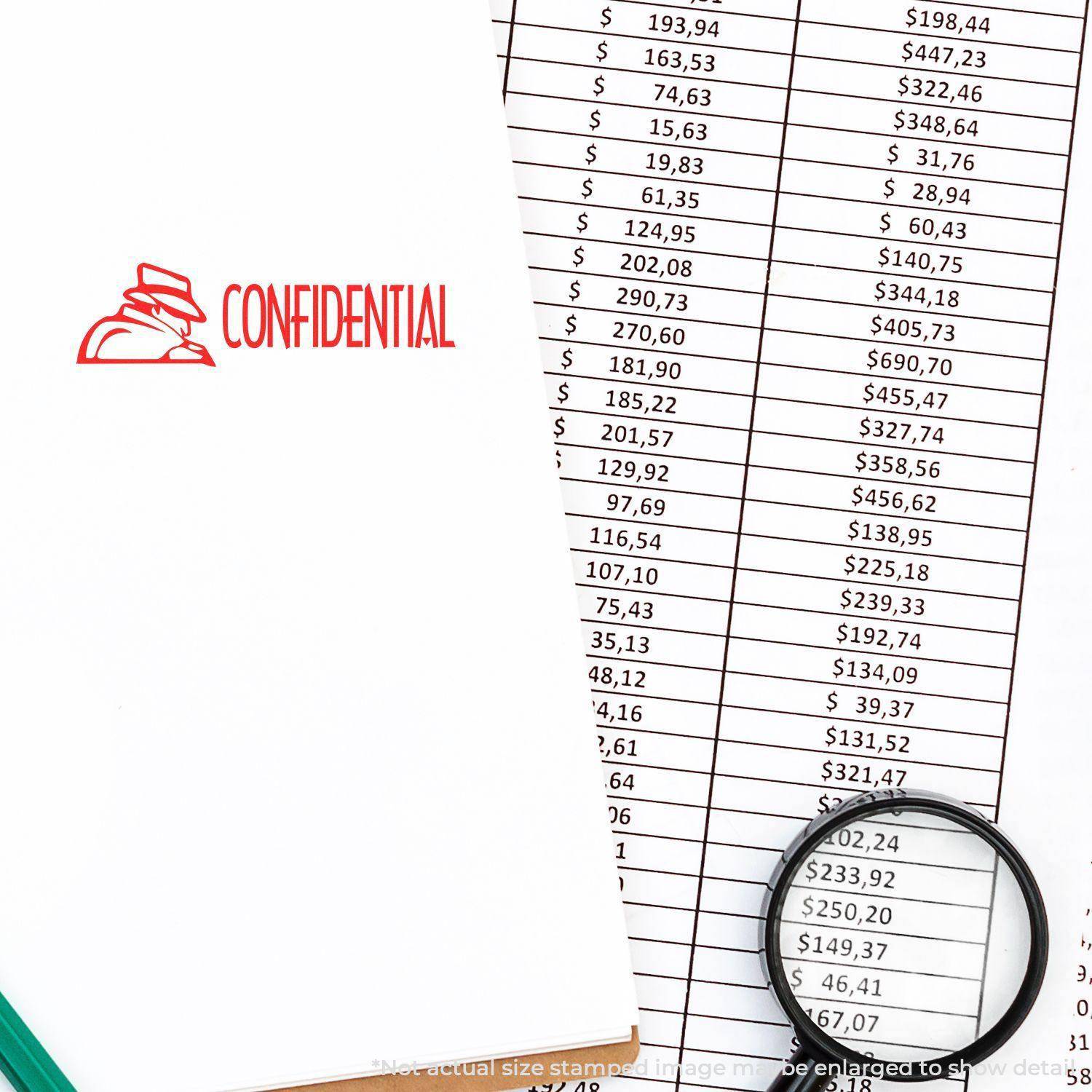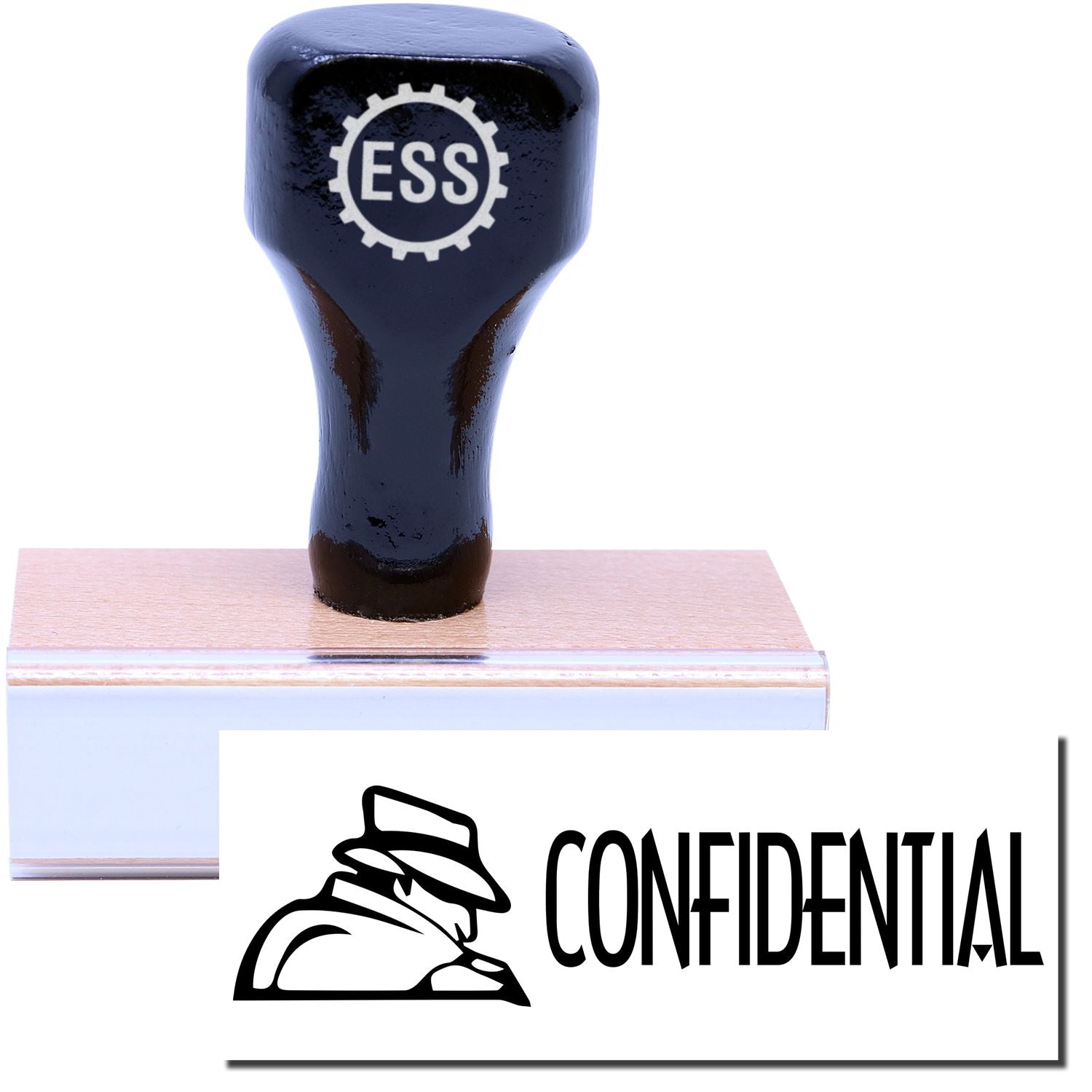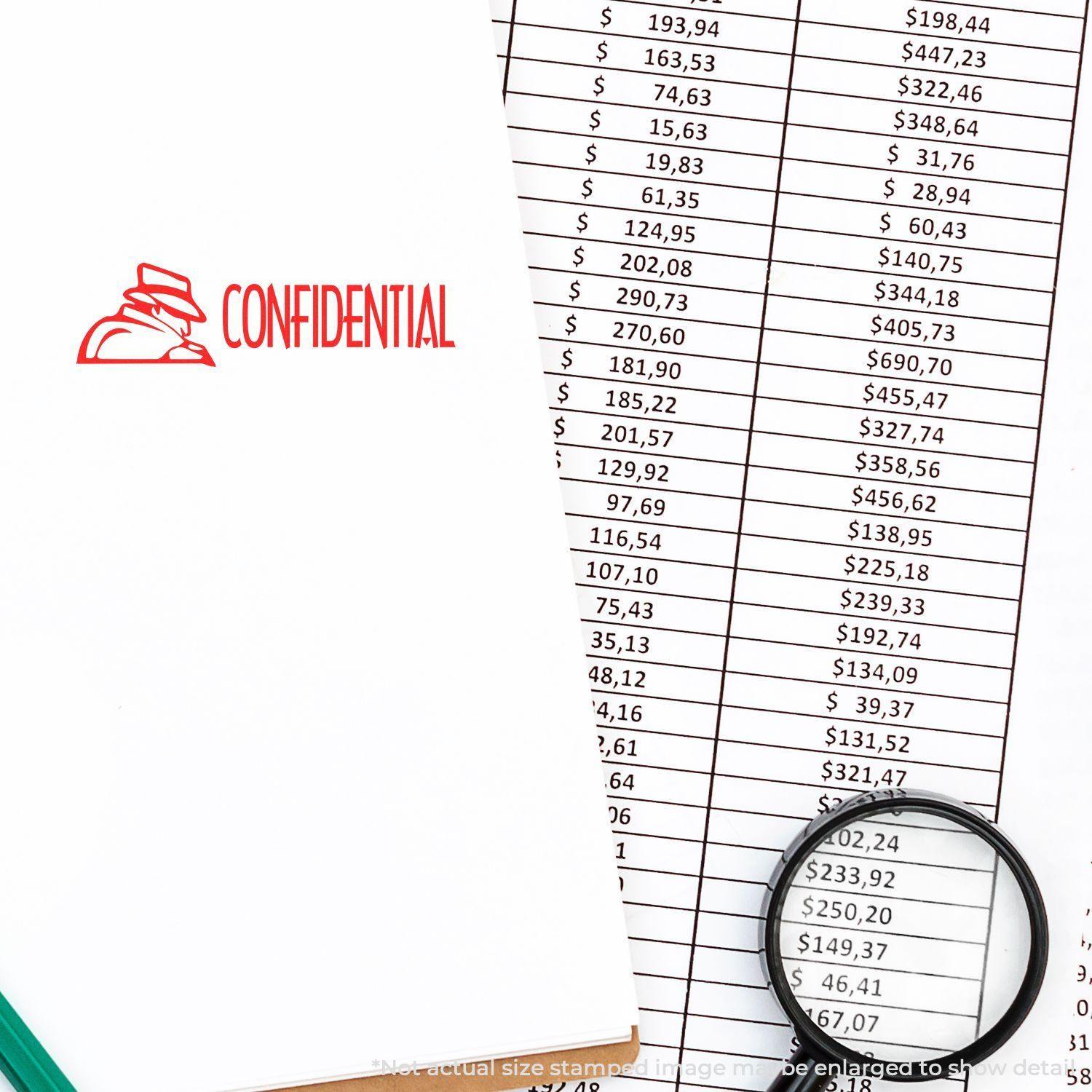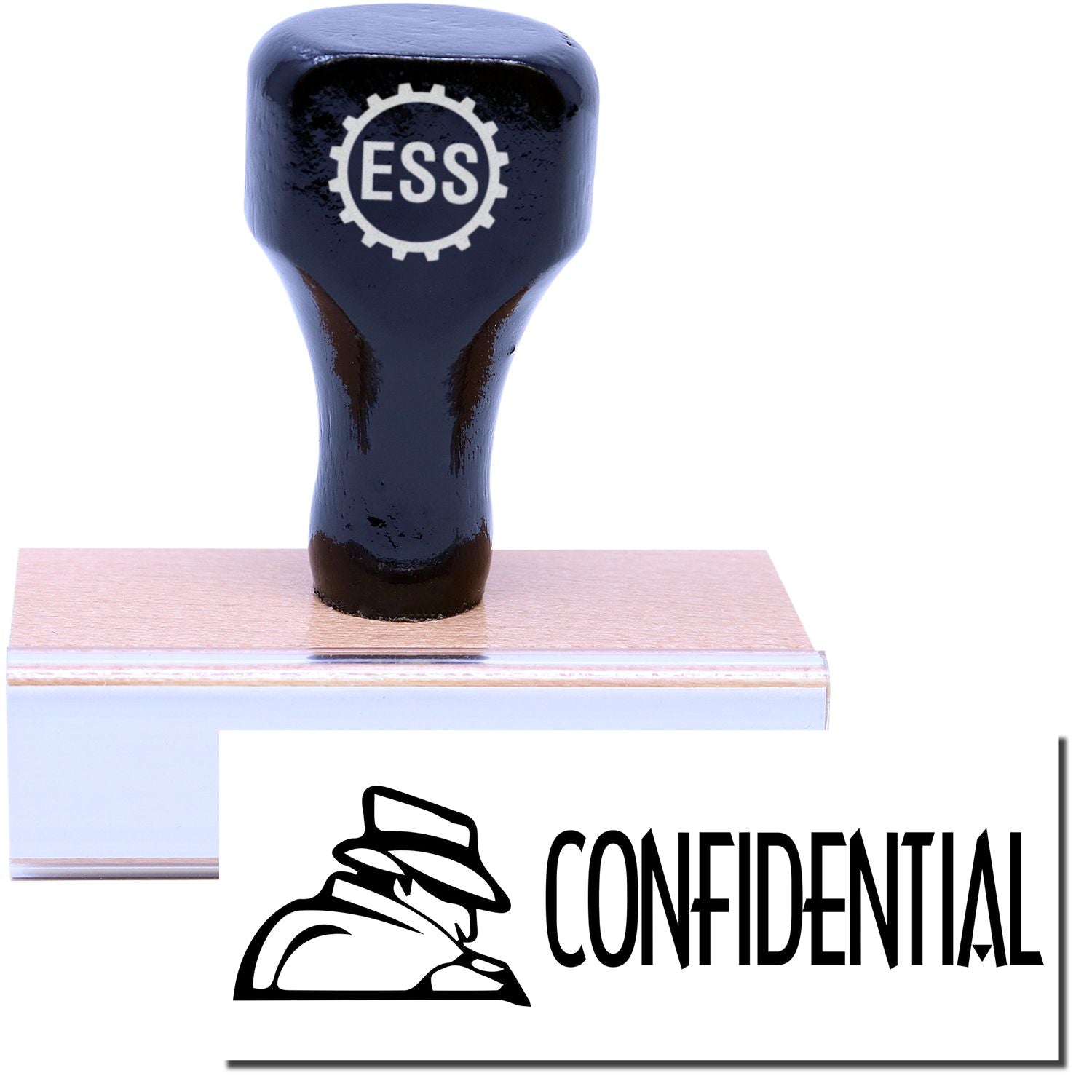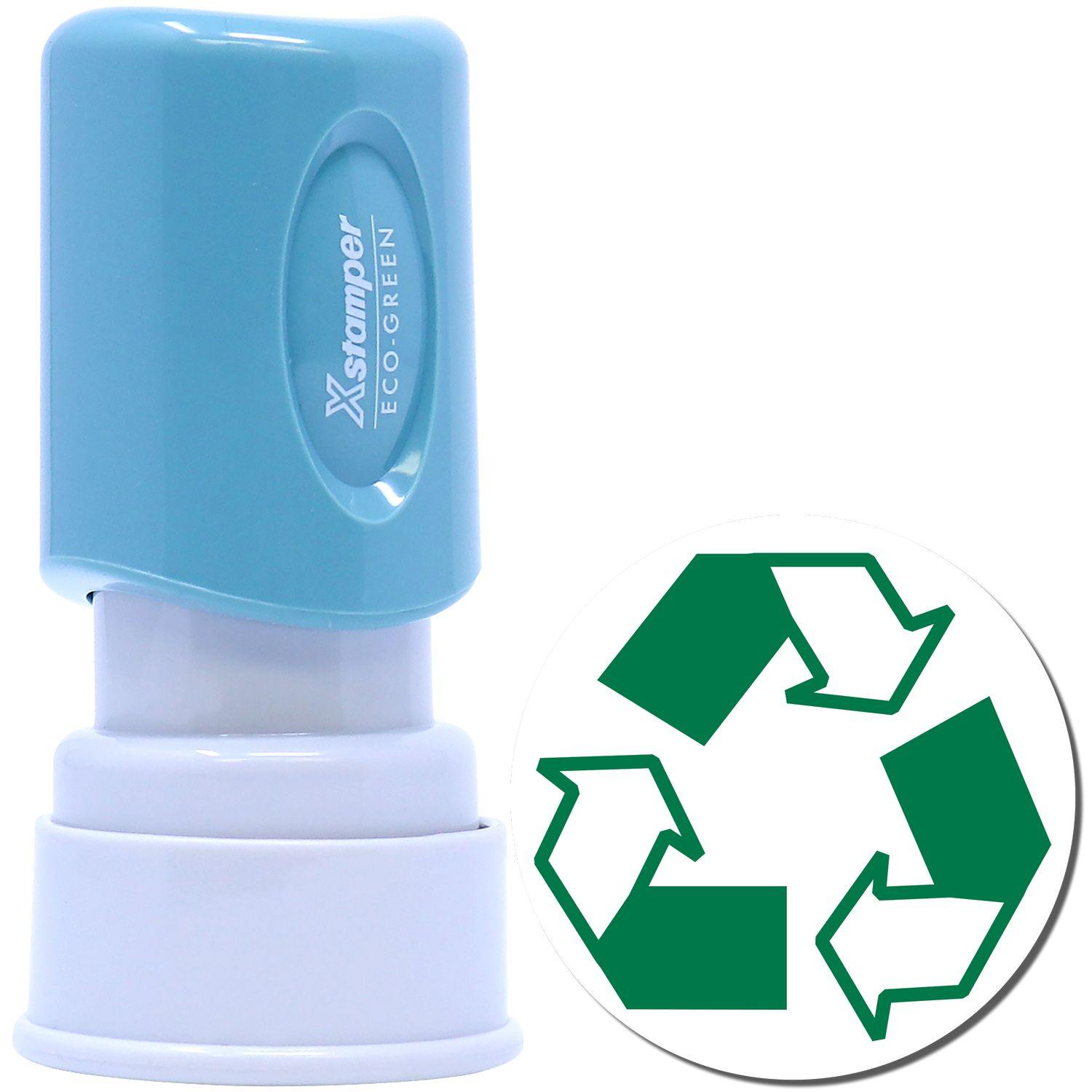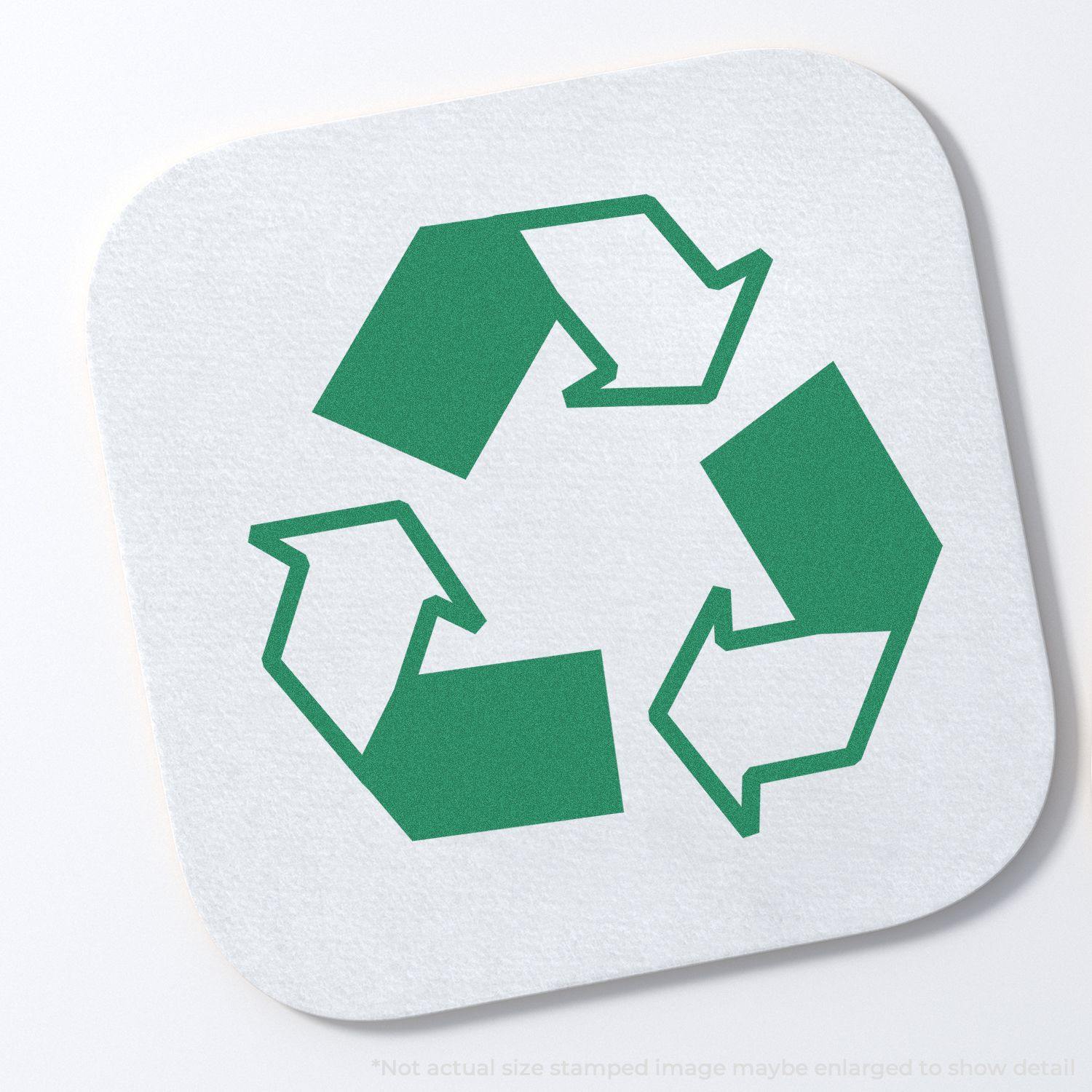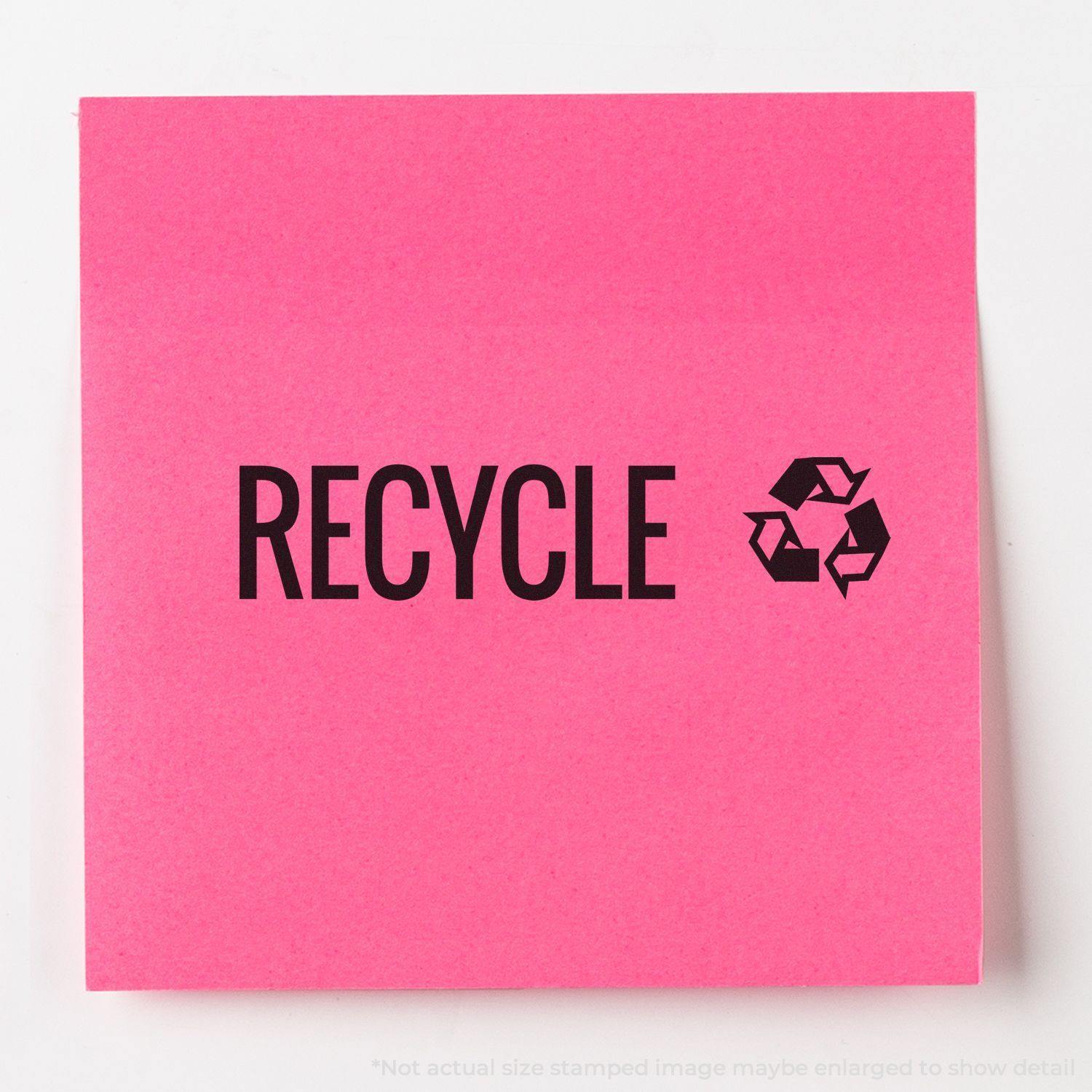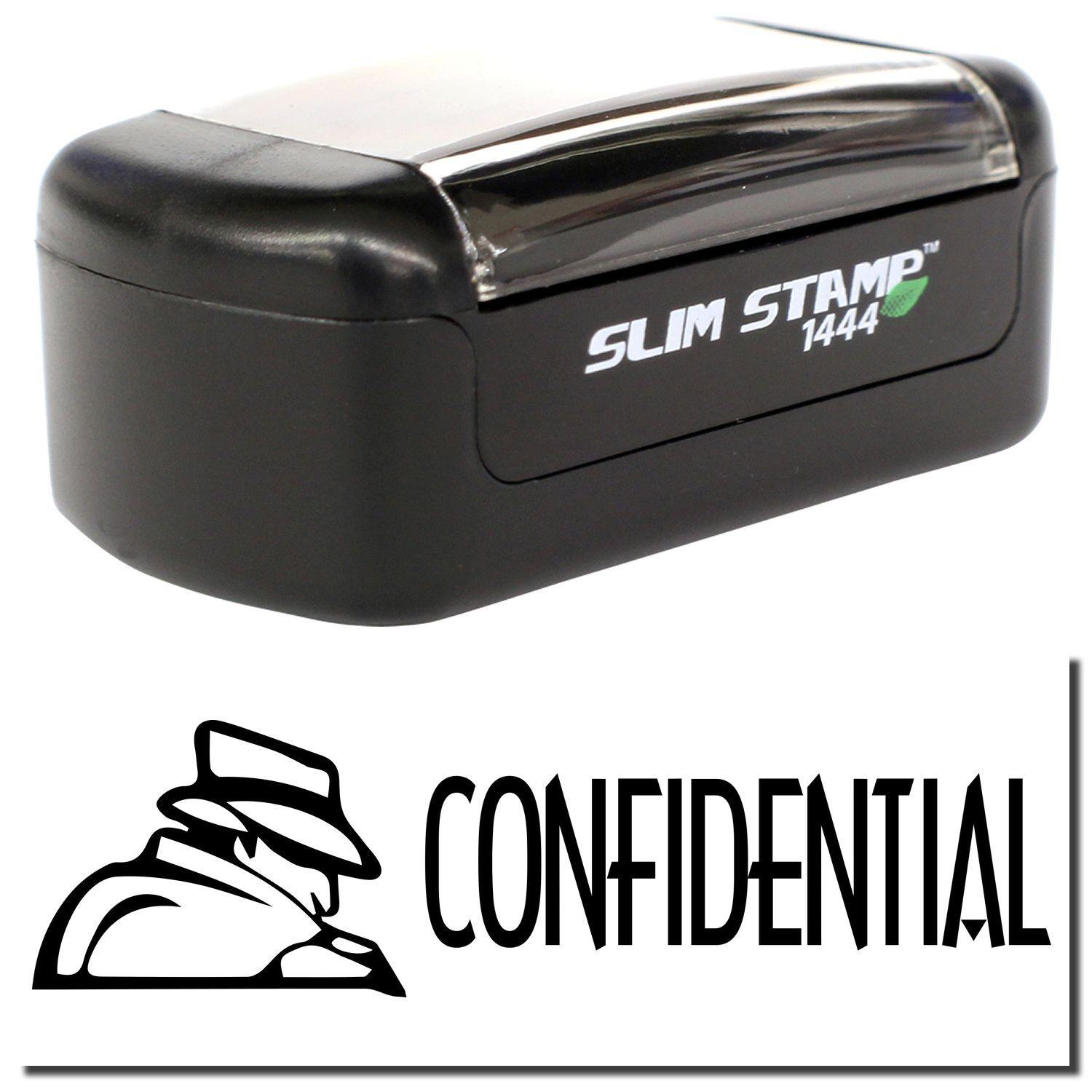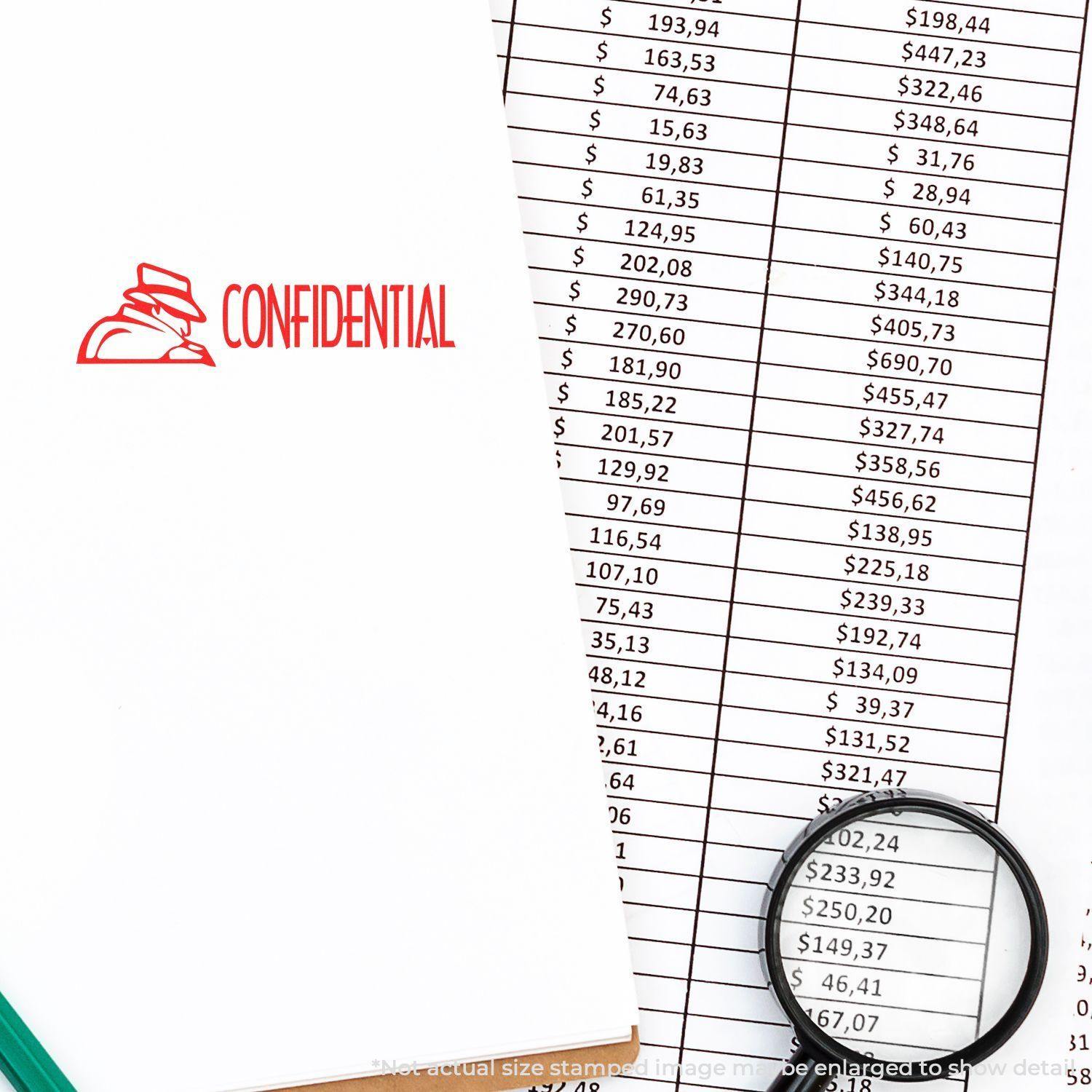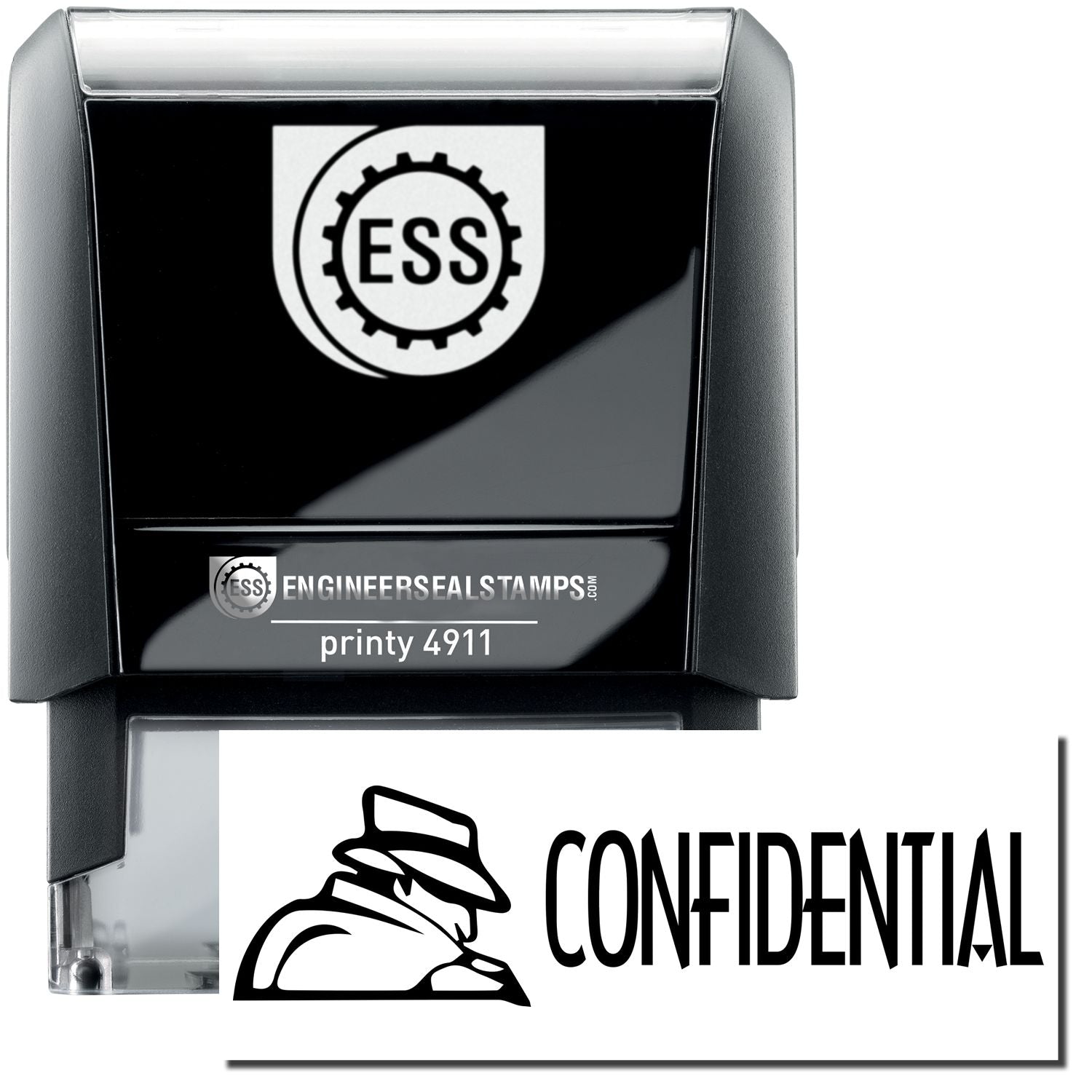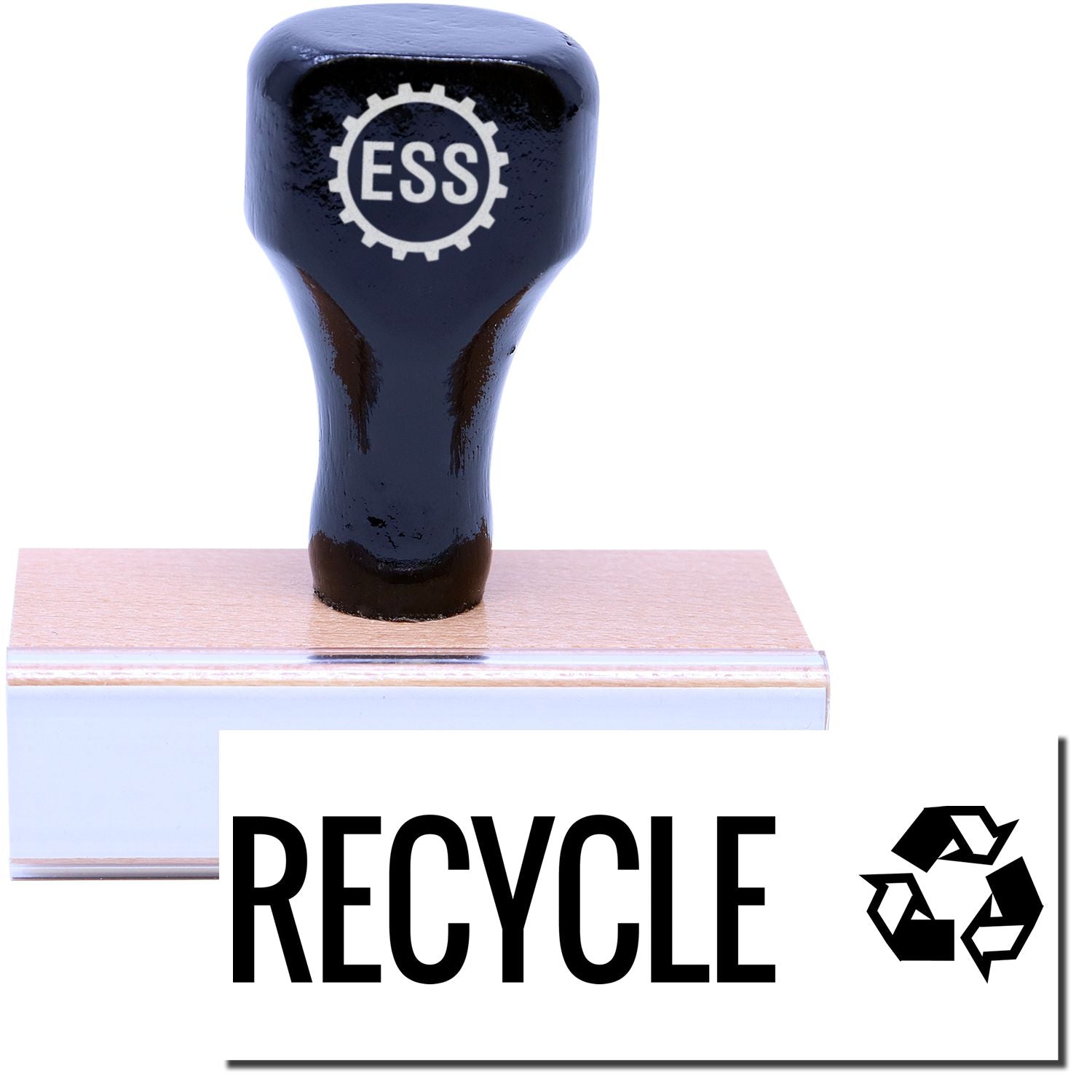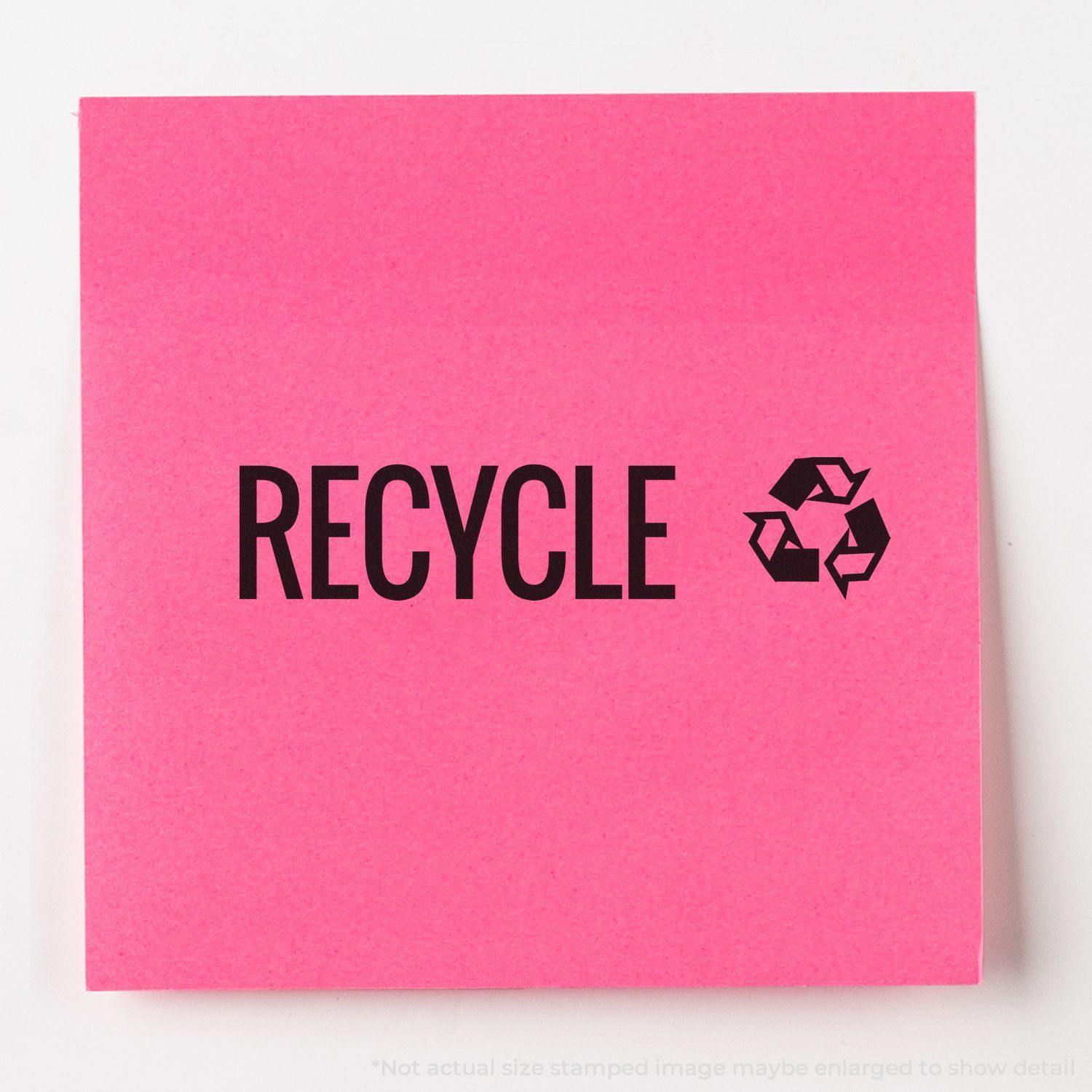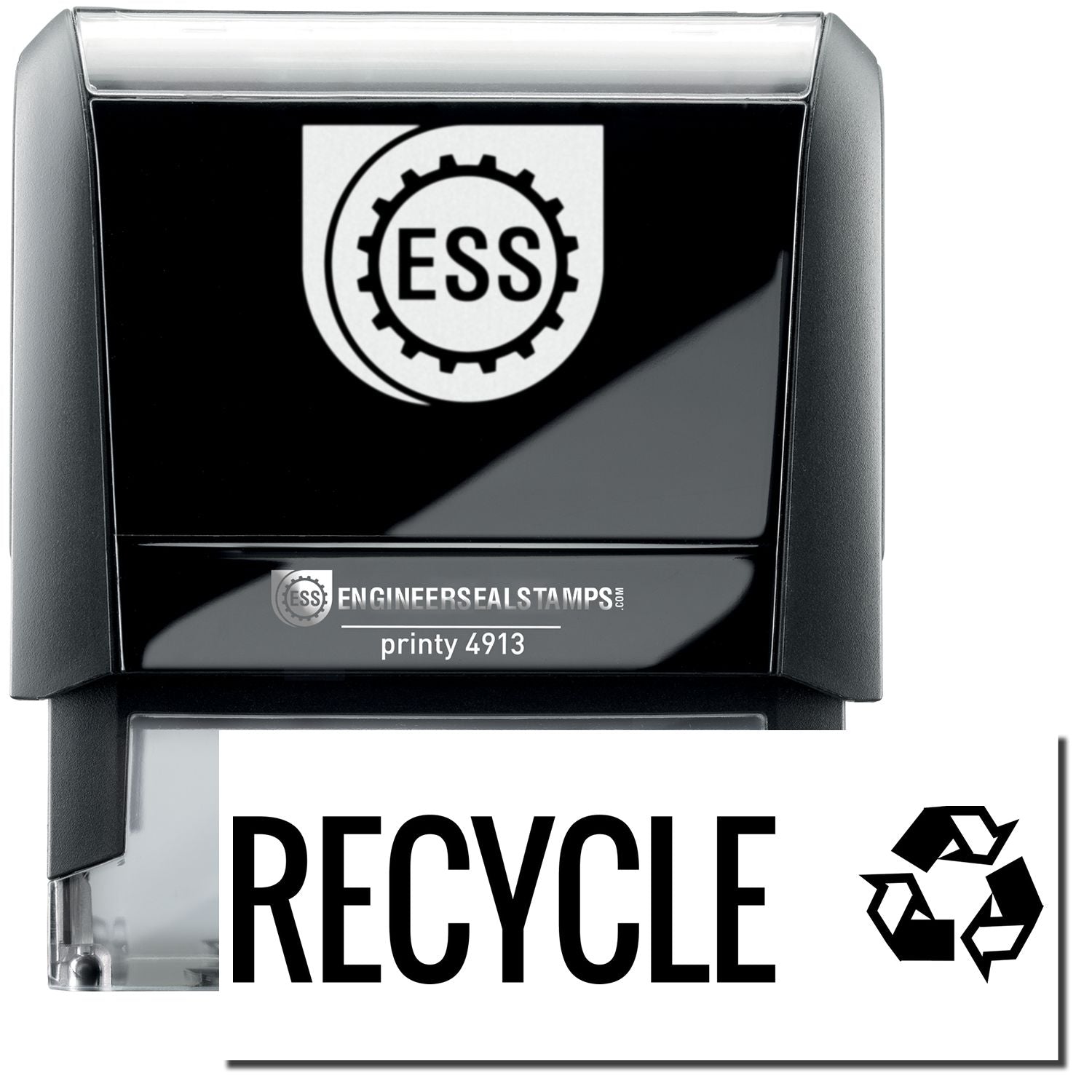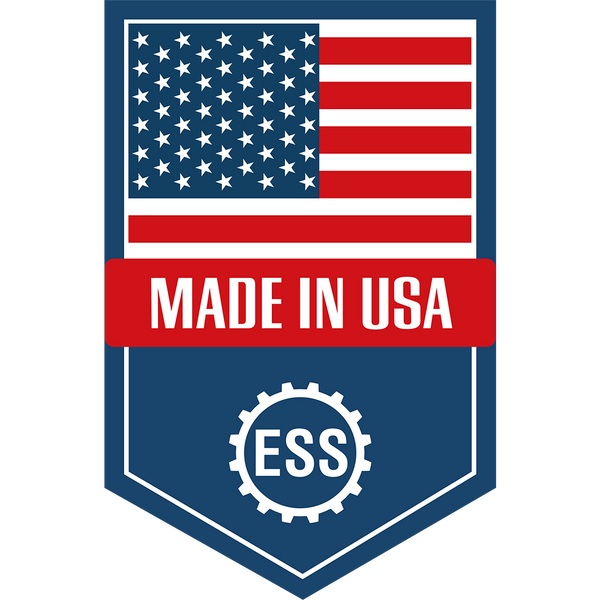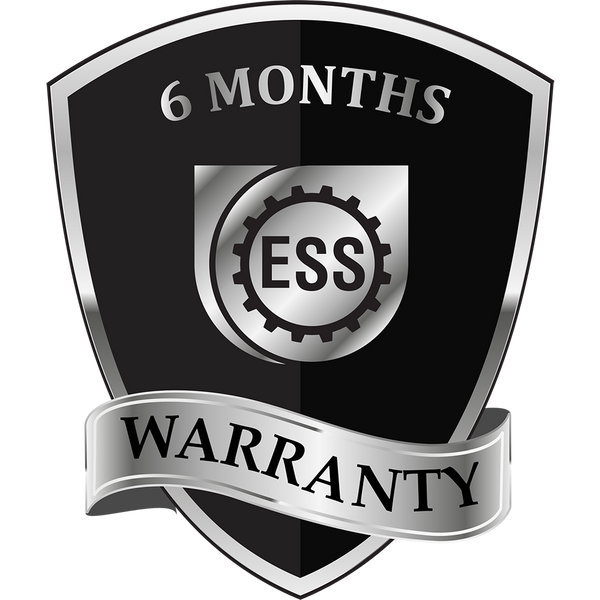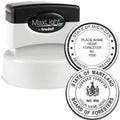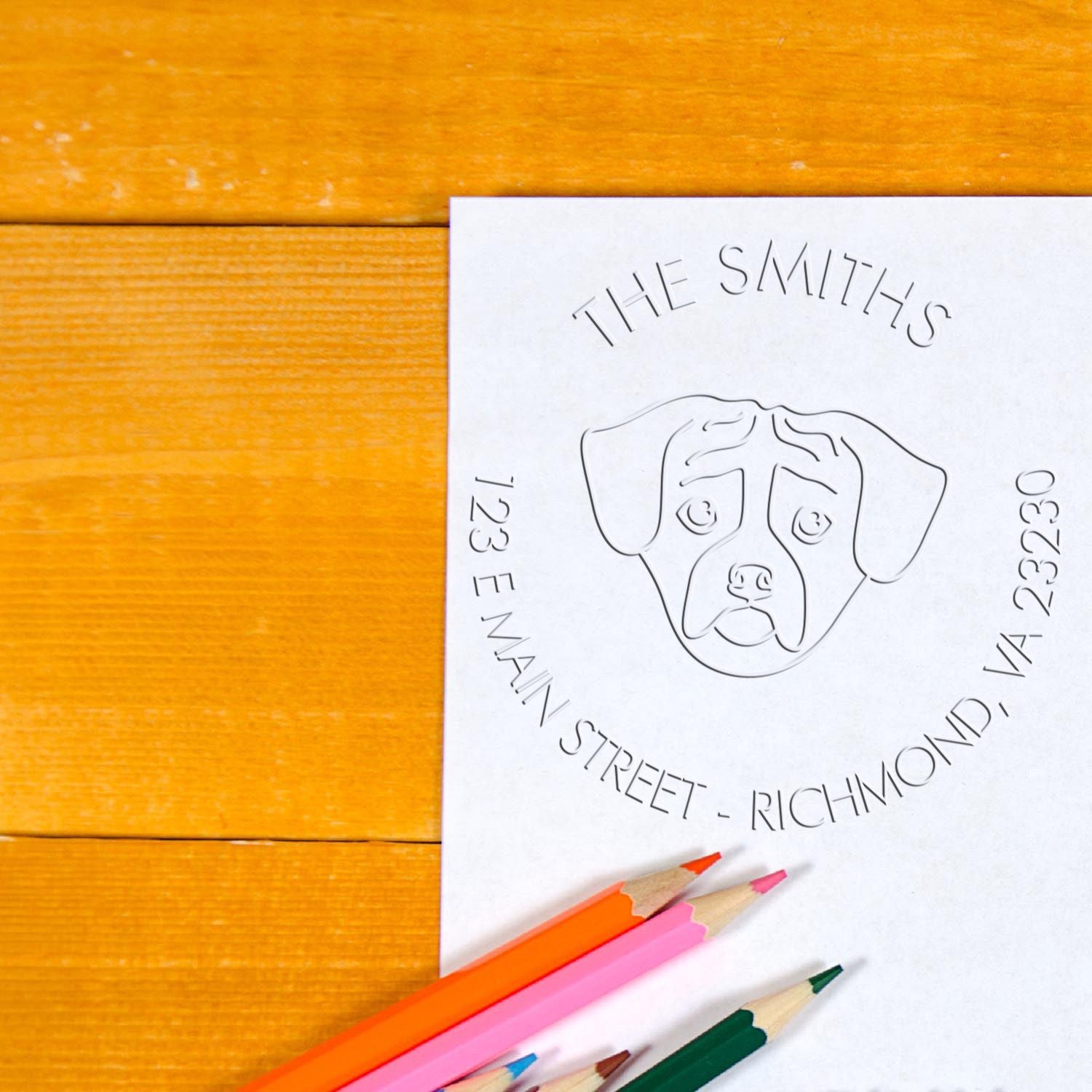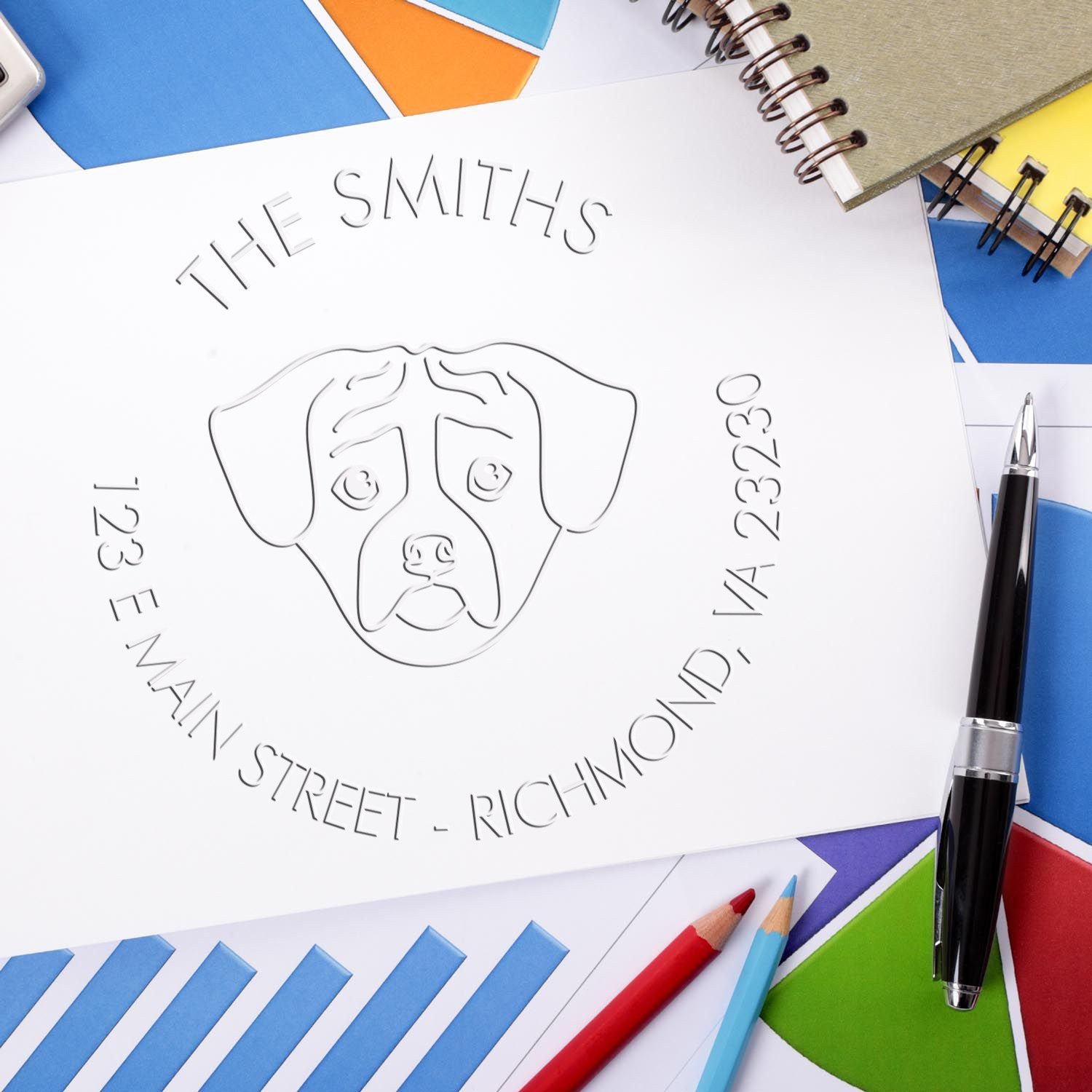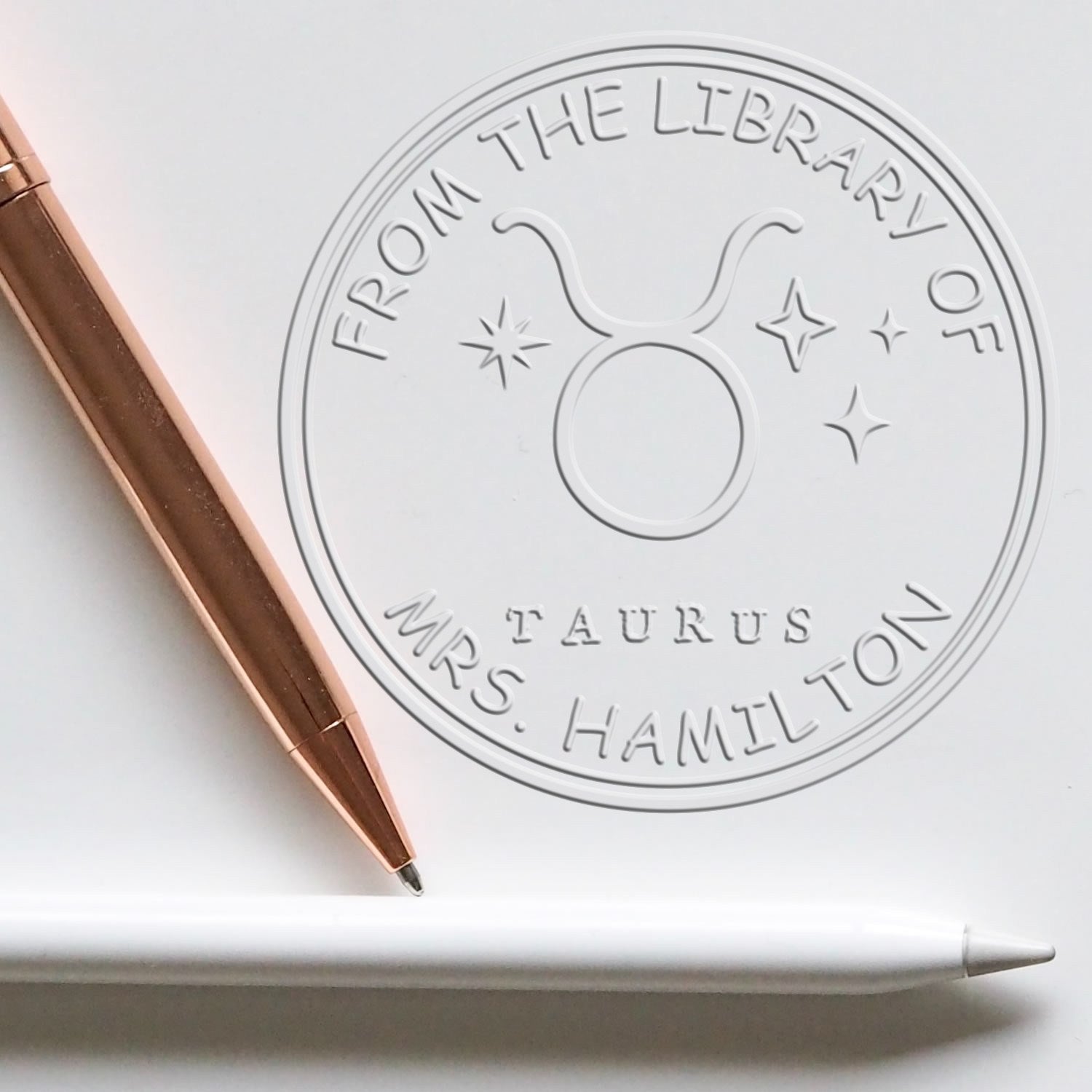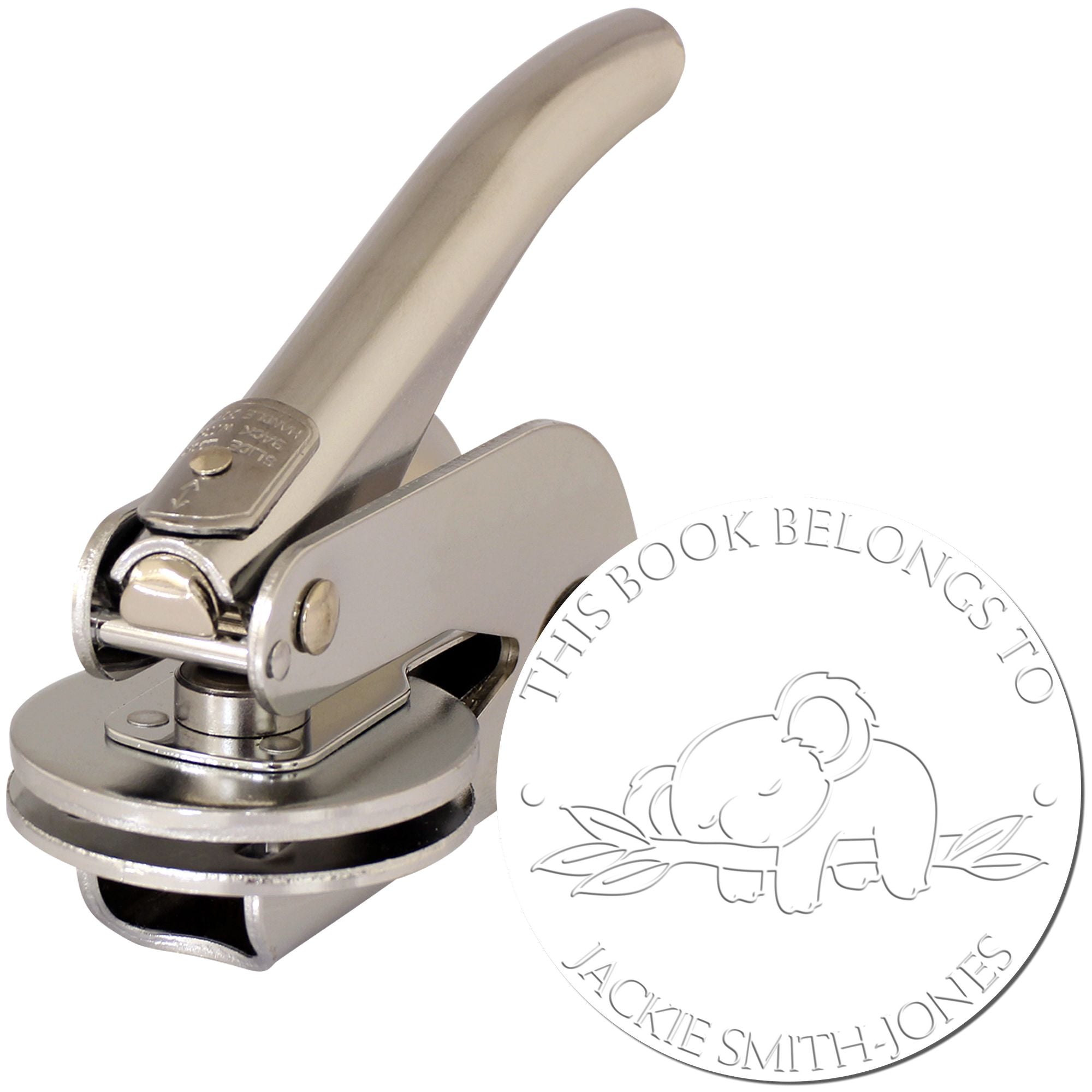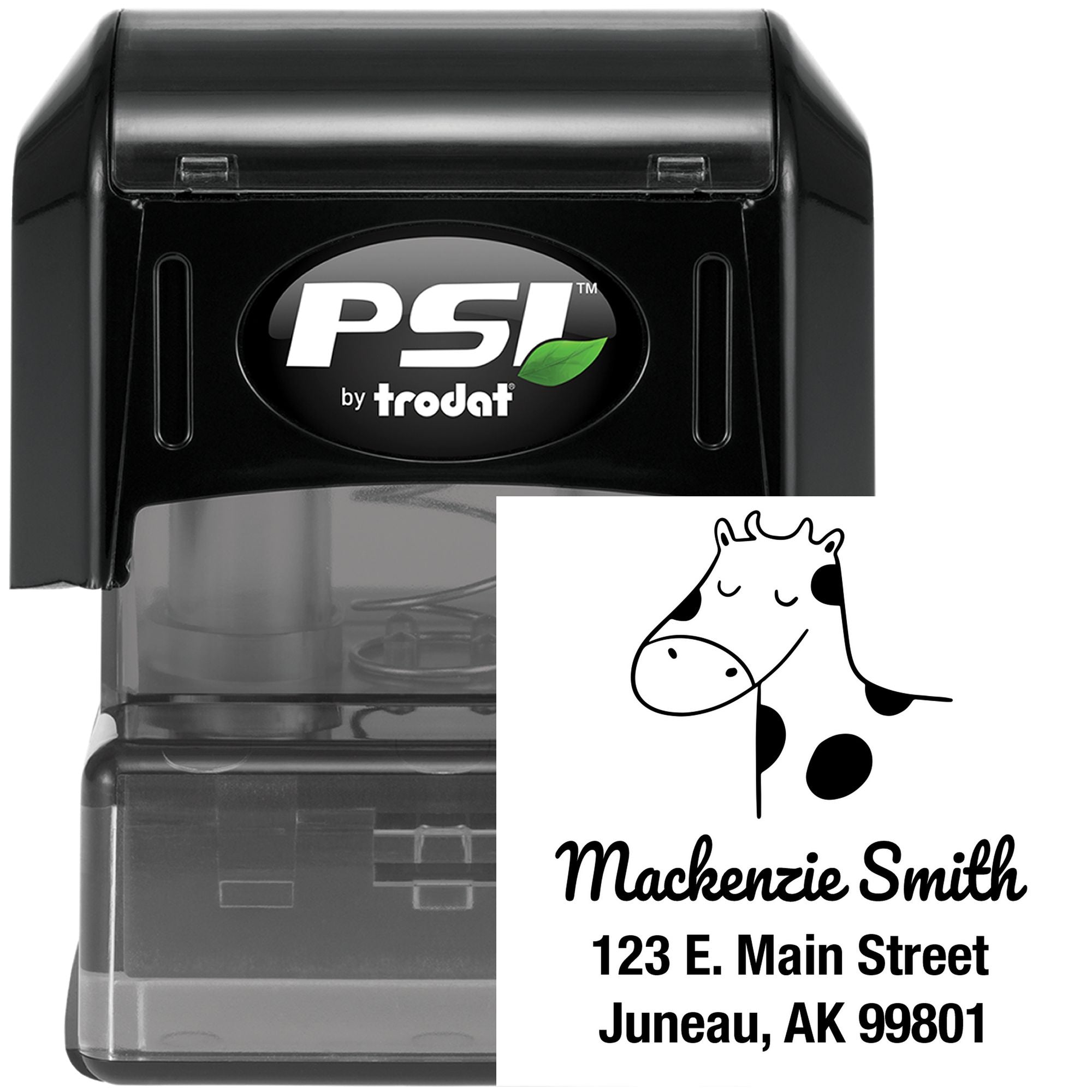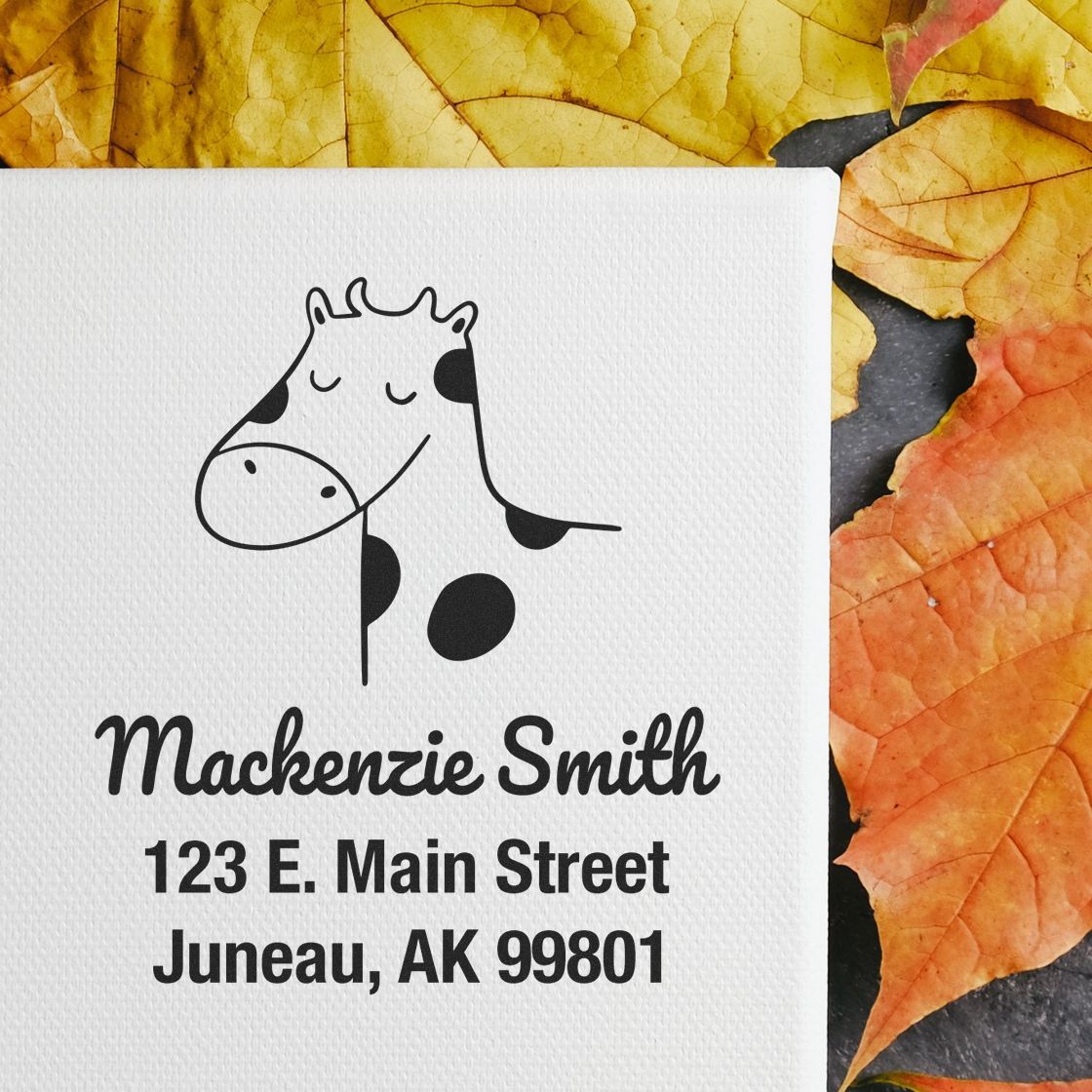If you run a small business, you’ve probably wondered how to make your branding stand out without blowing your budget. One easy way is to invest in a custom logo stamp for small business stationery, packaging, and other materials. A simple stamp speaks volumes about who you are, what you represent, and how you want customers to remember you. Think of it like a digital business card in physical form: versatile, affordable, and instantly eye-catching.
You might be surprised at how many creative ways exist to incorporate a logo stamp into your daily operations. Whether you're shipping out online orders, handing out loyalty cards, or leaving your mark on promotional freebies, stamping your business name and logo can leave a friendly, professional impression. Below, we’ll explore all the details you need to know—from concept to care—so that your new logo stamp truly enriches your small business brand.
Define your brand identity
Before diving into stamp designs, it’s helpful to clarify your overarching brand identity. After all, your logo stamp will serve as a quick reference point for what your business stands for. It can communicate personality, quality, and even hints at the products or services you offer.
Take stock of core values
Your core values are the guiding principles that shape your business decisions—everything from product sourcing to how you treat your customers. Think about words or phrases that describe your brand’s personality. Are you fun and quirky, or streamlined and professional? Jot those down. This exercise will help you decide whether your stamp design needs a playful concept or something more formal.
Consider brand imagery
If your small business already has a color scheme, typeface, or emblem, keep those details top of mind. You don’t necessarily need to have an art-degree-level design for a logo stamp, but consistency matters. If your website uses bright, bold colors, your stamp might lean toward an equally vibrant layout, even if it’s rendered in monochrome. Similarly, if your brand is tranquil or eco-conscious, a simple leaf shape or minimal line art might suit you better.
Check customer perception
It’s also a good idea to gather informal feedback. Ask a few loyal customers or friends what comes to mind when they think of your brand. Their impressions could differ from your own and might spark new ideas for iconography or a tagline. If your small business is known for hand-crafted goods, customers may love a cozy, artisanal vibe in your logo stamp. That aligned style will reinforce what clients already appreciate about your products.
Choose a suitable stamp type
When you hear “stamp,” you might first think of the classic rubber stamp that picks up ink from an ink pad. But these days, you have a few different choices. Of course, the best option depends on your personal preferences and how often you plan to use the stamp.
Traditional rubber stamps
Rubber stamps require an ink pad to function. They’re often budget-friendly, simple to maintain, and come in a wide array of sizes. If you love the tactile ritual of lightly pressing your stamp onto an ink pad, the classic route might be for you. Rubber stamps also allow you to experiment with different ink colors—perfect if you like switching things up for different occasions or campaigns.
Self-inking stamps
If convenience ranks high on your list, self-inking stamps provide a no-fuss approach. These come with an inner ink pad that automatically transfers ink to the stamp surface after each press. You don’t need to store a separate ink pad, which can be a huge time-saver if you’re stamping dozens (or hundreds) of packages each day. Self-inking stamps might cost a bit more upfront, but the streamlined workflow can balance out that initial investment.
Pre-inked stamps
Pre-inked stamps are another hassle-free choice. They hold ink within the stamp itself, so you get clean, consistent impressions without re-inking. These tend to deliver very crisp details, which is useful for intricate logos or fine text. However, they can be more expensive and may take longer to re-ink once the internal supply runs low.
Specialty stamps
For the adventurous small business owner, there’s a world of specialty stamps—such as embossing stamps (which create raised impressions on paper), heat stamps for wood or leather, and even digital hybrid stamps that combine printable elements. These can offer a unique look that immediately differentiates your brand, but they might require a steeper learning curve or special materials.
Design a memorable logo
Getting creative with a logo stamp for small business materials can feel like a fun art project. But it’s crucial that your design remains recognizable, even at a smaller size. After all, a smudged or overly complex stamp won’t do you any favors.
Start simple
Generally, simpler is safer when designing for a stamp. Bold shapes, clear lines, and easily readable text help ensure that each impression looks sharp. If you already have a detailed logo, consider creating a simplified version for your stamp. For instance, you might drop background patterns or intricate shading, retaining only the essential elements that customers associate with your brand.
Focus on legibility
Text can become tricky when translated into a small physical stamp. If your business name is long, try abbreviating or using an acronym. Many companies use a primary logo plus a secondary, more compact variation for smaller applications. If your small business is known by two or three letters, you can highlight those in large, bold typography and include a tagline in smaller print beneath.
Scale carefully
If you've ever tried printing something in different sizes, you know that scaling can drastically alter the clarity of your design. Test your chosen stamp layout at various scales. Print it out or sketch it on paper to see if any lines start blurring together. A helpful trick is to place your design on a standard business card template. If it’s still clear at about two inches wide or tall, it’s likely to stamp well on packaging and stationery.
Add subtle flair
Even minimal designs can have flair. Maybe you insert a small border around your logo or incorporate a symbolic icon that captures your brand essence. A handmade candle business might opt for a tiny flame next to their text. A bakery might choose a stylized cupcake. The key is to add personality without adding clutter.
Use your stamp in marketing
Once you have a gorgeous logo stamp, you’ll want to use it in as many relevant places as you can. Small businesses often don’t have huge advertising budgets, so a well-placed stamp can become your personal brand amplifier.
Packaging possibilities
Imagine unboxing a delivery and spotting your unique stamped logo right on the package. It adds a welcoming, handcrafted vibe that customers often share on social media. You can stamp:
- Cardboard boxes
- Paper envelopes
- Tissue paper
- Compostable mailers
- Receipts or packing slips
Stamps also pair nicely with eco-friendly packaging strategies. Instead of glossy printed boxes, you can opt for plain recycled cardboard and liven it up with a bright ink impression. That combination of sustainability and personal touch can really resonate with customers who value ethical shopping.
Event and promotional items
Adding your logo stamp to event materials can be an inexpensive boost in brand recognition. For instance, if you’re setting up a booth at a farmers market or trade show, stamp the corner of your price tags or signage. Planning to repair or recycle old business cards that have outdated contact info? Stamp your updated details on the back so the card still has value.
You could also use the stamp on:
- Gift bags or promotional goodie bags
- Stickers or labels
- Flyers and pamphlets
- Swag items like notebooks or tote bags (depending on the material)
Social media tie-ins
Let’s say you’re prepping a stack of freshly stamped thank-you notes. Why not snap a quick photo or short video for your Instagram Stories? Customers love seeing behind-the-scenes processes, and it creates a more personal bond between you and your audience. Plus, it reinforces the authenticity of your brand. If you use multiple ink colors for different product lines, you can share that variation online to stir up excitement.
Care and storage tips
Even the best-made stamp can suffer wear and tear if handled incorrectly. Here are some simple ways to keep your stamp in tip-top shape for the long haul.
Clean after each use
Ink residue left on the stamp surface can quickly turn into gunk. After a stamping session, gently press the stamp onto a damp paper towel (preferably with mild soap if the ink is particularly stubborn). Pat it dry with a fresh towel. This quick cleaning routine helps preserve the crispness of your impressions.
Store in a cool, dry place
Extreme heat or moisture are your stamp’s worst enemies. Consider storing your stamp (and spare ink pads, if applicable) in a drawer or cabinet away from direct sunlight. If you’re using self-inking or pre-inked stamps, slide the protective cover back on when not in use.
Rotate your usage
If you have multiple stamps—say one for your primary logo and another for special promotions—rotate them so neither is overused. This strategy also helps ink last longer. If you start to notice fading impressions, refill or replace the ink pad promptly. That way, you won’t be caught off guard in the middle of a big stamping session.
Pick a trusted stamp partner
One of the biggest decisions you’ll make after your design is ready is choosing a reliable vendor. You want a stamp maker who offers consistent quality, fair prices, and good customer service. Ordering from a subpar company could result in misaligned text, fuzzy edges, or stamps that break after minimal use.
Look for customization options
Since you’ll need a very particular stamp—featuring your logo and possibly a tagline—ask about the available customization level. Some companies let you upload your exact design, while others provide a library of fonts and icons you can mix and match. Read product descriptions carefully to see what materials or technologies they use. Do they specialize in self-inking stamps or do they also offer rubber? Make sure you’re getting the exact style you have in mind.
Read reviews or ask peers
A quick way to gauge reliability is to cruise through verified reviews. Look specifically for feedback about clarity of the stamped image, durability of the stamp hardware, and timeliness of delivery. If you have business-owner friends who’ve purchased custom stamps, ask them about their experiences. Personal recommendations often carry more weight than anonymous testimonials.
Try Engineer Stamps (ESS)
If you’re curious about a vendor that understands small businesses, consider checking out Engineer Stamps (often shortened to ESS). They cater to entrepreneurs who want a standout custom logo stamp for small business branding. They offer multiple stamp styles, along with design assistance if you’re feeling stuck. Ordering from a trustworthy provider like ESS can give you peace of mind, especially if this is your first time investing in specialty branding materials.
Frequently asked questions
Below, you’ll find answers to common questions small business owners ask about using a logo stamp. If you’re just starting out or looking to up your stamping game, these pointers may clear up a few lingering doubts.
Can I use multiple ink colors with the same stamp?
Absolutely. If you have a traditional rubber stamp, you can freely switch ink pads. Just make sure to clean your stamp between colors to avoid mixing. With self-inking or pre-inked stamps, you’re usually limited to a single color unless you have separate cartridges or multiple stamps.How often should I refill or replace the ink pad?
That depends on how frequently you use the stamp. If your impressions start fading or looking uneven, it’s probably time to add ink or swap pads. Some businesses stamping hundreds of orders each day might refill monthly, while a lighter user might go several months before needing fresh ink.Is there a recommended material for stamping on fabric?
If you’re stamping on textiles, look for specially formulated fabric ink designed to resist fading when washed. Some people use standard ink, but it can bleed or lighten. Test on a small fabric scrap first. For more permanent results, you can also explore fabric-specific stamping pads that set the dye better.What if my detailed logo doesn’t stamp well?
If your logo includes lots of tiny details, try simplifying the design for stamping. Remove fine lines or small text that may blur. If you still want those intricate elements, consider enlarging your stamp’s overall size. Alternatively, explore pre-inked stamps, which often handle detail more crisply than standard rubber stamps.Can I stamp non-paper items like plastic or metal?
It’s possible if you use the right ink. Many standard inks will smudge or wipe off slick surfaces like plastic or metal. Look for quick-drying permanent inks or specialty inks formulated for non-porous materials. Bear in mind that even the best ink might need a longer drying time on such surfaces.Are custom stamps worth the investment for a small business?
Yes, especially if you want to personalize packaging, stationery, or promotional materials without paying for minimum print runs. Once you have a well-designed stamp, you’re free to stamp as many items as you like. The initial cost can quickly pay off by creating brand consistency and a more professional presentation.
Stamping can be an understated yet powerful branding tool for any small business. From designing a simple-but-striking logo to deciding which stamp type best fits your workflow, you have plenty of options. Along the way, keep your brand identity front and center so your stamp truly reflects who you are and what you do.
Whether you’re posting out a stack of thank-you cards or marking new product packaging, your custom logo stamp has the potential to spark curiosity and make a memorable impression. It’s cost-effective, eco-friendly, and versatile enough to infuse your brand personality into nearly every corner of your operations. So why not embrace that extra dash of craft and flair?
If you’re weighing your options, you can explore vendors such as Engineer Stamps (ESS) to see what’s available in terms of stamp styles, sizes, and ink selections. With a bit of planning and TLC, you’ll have a valuable branding tool that helps your small business stand out in daily interactions and special events alike. Happy stamping!

